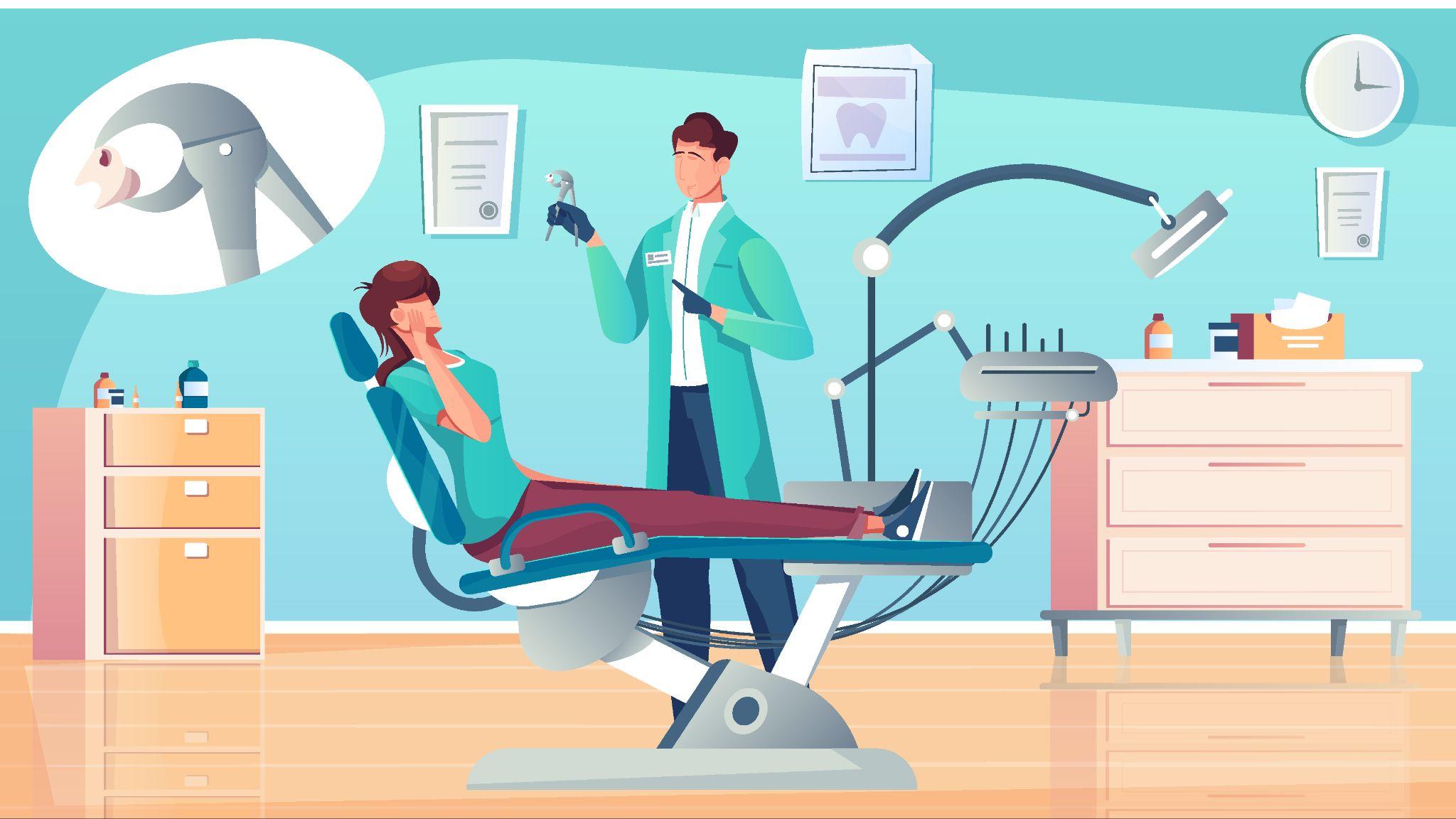The Need For Tooth Extraction
Tooth extraction may sound daunting, but rest assured, it’s a routine procedure dental professionals perform to alleviate pain, prevent the onset of oral infections, and improve oral health. Maintaining optimal oral health is crucial, and understanding what to expect during and after a tooth extraction is vital.
Whether it’s the nagging pain in your wisdom tooth, the need to remove a damaged tooth or any other dental issue requiring tooth extraction, we are here to fill you in with the details you need to know to ensure a smooth and informed experience. This guide will explain the process, delve into potential side effects of teeth removal, and provide essential post-extraction instructions.

What Happens During a Tooth Extraction Procedure?
When you come in for a tooth extraction, you must be aware of the step-by-step process that will unfold. The dentist follows a carefully arranged series of actions to ensure a smooth and painless experience. Let us start by exploring the tooth extraction procedure, highlighting the critical steps from anaesthesia to gauze placement:
Anaesthesia
Before the actual tooth extraction procedure begins, your dentist will administer local anaesthesia. This critical step ensures you won’t feel any pain during the extraction. Dentists use general anaesthesia to guarantee comfort and safety in more complex cases or when multiple teeth need removal.
Tooth Removal
With the area effectively numbed, the dentist will use specialised instruments to gently and methodically loosen the targeted tooth from its socket. For teeth that are impacted, deeply rooted, or otherwise challenging to access, the dentist may need to make a small incision to gain the necessary access for a successful extraction.
Stitching
Following the successful removal of the tooth, the dentist may opt to use stitches to secure the gum tissue. These stitches play a crucial role in promoting proper healing and maintaining the structural integrity of the oral cavity. The best part? You won’t need to return for stitch removal; they’ll naturally dissolve over time.
Gauze Placement
A piece of sterile gauze is carefully placed over the extraction site to manage potential bleeding and foster a clean, healing environment. You’ll be asked to gently bite down on the gauze to help control bleeding and initiate the early stages of healing.
Long-term Side Effects of Tooth Extraction
While the tooth extraction procedure is generally safe and routine, it’s crucial to have a comprehensive understanding of potential long-term effects that may arise:
Swelling and Discomfort
It’s entirely normal to experience some degree of swelling after tooth extraction. Typically, this discomfort peaks within the first 48 hours and gradually subsides. For relief, consider applying an ice pack to the affected area in 20-minute intervals during the initial 24 hours post-extraction. This can effectively reduce swelling and alleviate discomfort.
Risk of Infection
Another side effect of teeth removal is a minor risk of infection at the extraction site. To minimise this risk, it is imperative to diligently adhere to the post-extraction care instructions provided by your dentist. These instructions may often include using prescribed antibiotics to prevent infection.
Changes in Bite
Removing a tooth can lead to changes in your bite alignment over time. To counteract this, your dentist may recommend a dental implant or bridge to maintain proper alignment and prevent oral health complications.
Dry Socket
While rare, there is the possibility of a dry socket developing after a tooth extraction procedure. This occurs when the blood clot that typically forms at the extraction site dislodges or dissolves prematurely. A dry socket can be exceptionally painful and demands immediate attention from your dentist.
Post-Extraction Instructions
The following post-extraction instructions can go a long way in facilitating a smooth recovery while minimising the potential for long-term side effects. So, it is imperative to keep these post-extraction instructions in mind:
Swelling and Pain Management
As your dentist directs, use prescribed or over-the-counter pain relievers for effective pain management. Additionally, applying ice to the affected area can be beneficial in reducing swelling after a tooth extraction procedure.
Oral Hygiene
While carrying out your regular oral hygiene routine, avoid the extraction site during brushing and flossing. To promote healing, gently rinse your mouth with warm saltwater.
Dietary Restrictions
During the initial days following your tooth extraction procedure, adhere to a soft diet. It is advisable to steer clear of hot, spicy, hard, or crunchy foods during this time. Instead, choose easily manageable items like mashed potatoes, yoghurt, and soups.
Smoking and Alcohol
Smoking is one of the major reasons behind tooth decay and affects over 40% of adults aged between 20 and 64. Therefore, in the interest of your oral health and the successful healing of the extraction site, it is crucial to abstain from smoking and alcohol consumption for at least 72 hours post-extraction. Both habits can significantly impede the healing process and elevate the risk of complications.
Follow-up Appointments
Ensure that you attend any scheduled follow-up appointments with your dentist. These appointments are pivotal in monitoring and confirming that your healing process is progressing as anticipated.

Taking Charge of Your Oral Health
Tooth extraction is a fundamental dental procedure that, when executed skilfully and coupled with thorough post-extraction care, can enhance your oral health and reduce discomfort. All you need is a comprehensive grasp of the procedure itself, potential long-term side effects of tooth extraction, and firm commitment to post-extraction guidelines.
It is essential to remember that should you encounter severe pain, excessive bleeding, signs of infection, or any other unusual symptoms, promptly seek the counsel and expertise of your dentist. The investment of time and care in your oral health is undoubtedly worthwhile.
Are you facing the possibility of tooth extraction and don’t know how to deal with it? Or are you simply curious about this standard dental procedure? Visit Kamal Dental Clinic, the most trusted dental clinic in Delhi, India, for painless dental extractions and other dental services.
